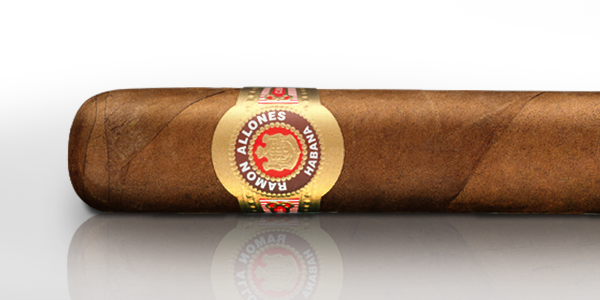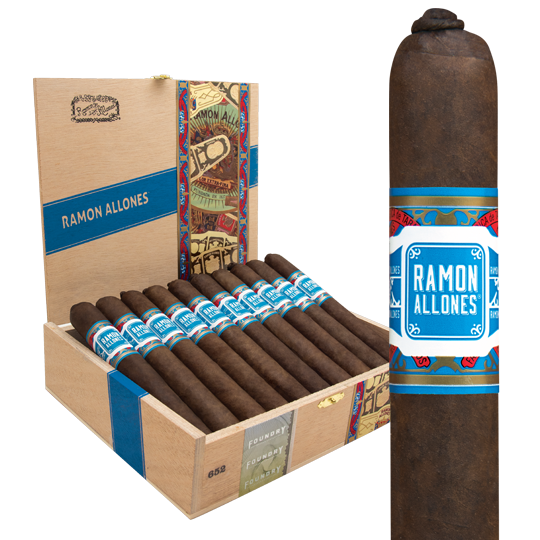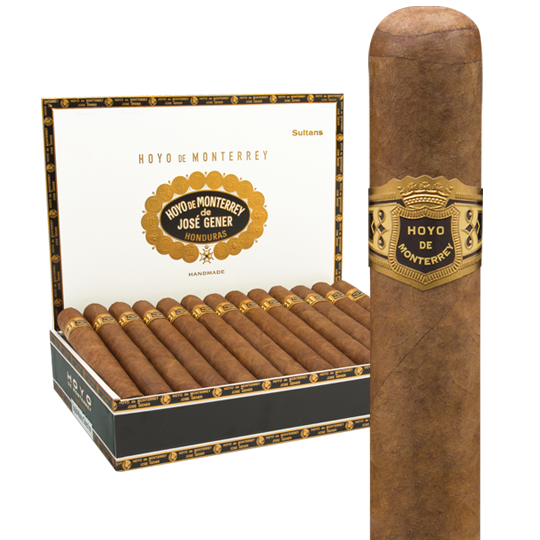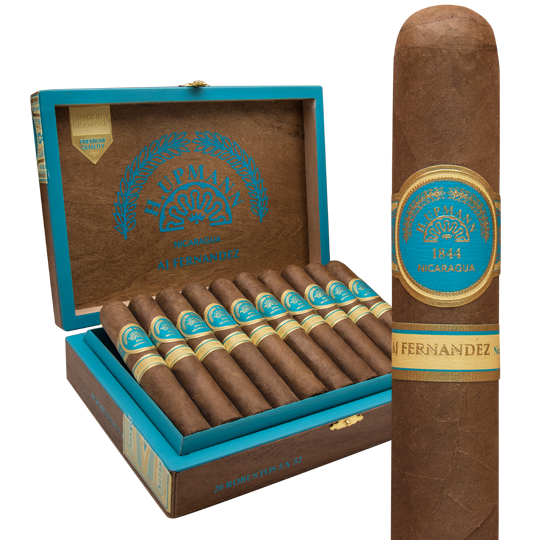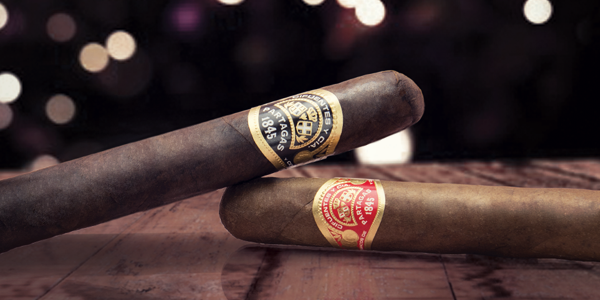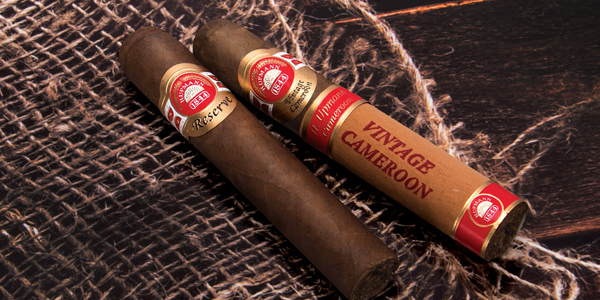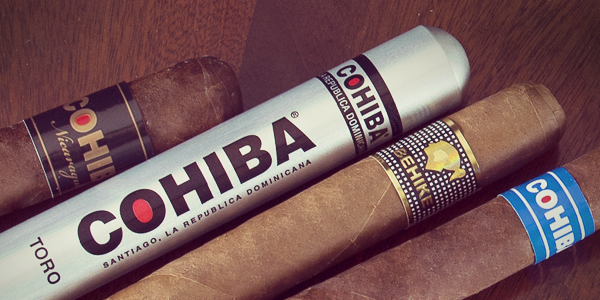History of Ramon Allones Cigars
A few years ago, during a visit to Cancun, Mexico, I visited La Casa del Habano. As I chatted with the owner, he handed me a Ramón Allones Robusto. I thanked him and told him I had always found the cigar to be particularly powerful. Indeed, I usually found the flavor of the Ramón Allones to be overwhelming – sometimes harsh – as compared with most other Cuban cigars. He assured me this one was not like that. I thanked him again and sat on the deck, ordered a mojito (among the best I’ve ever had), a glass of ice water and pinched the end off of the cigar. Before the mojito arrived, I set the foot of the cigar on fire. The first couple of puffs were fine. Nothing out of the ordinary. A minute or two in, the explosions began. Wow. This was going to be a challenge. In truth, the cigar was not overly rough, but it was extremely, um, full-bodied. Not really my style. I peeked into the store and asked if my host was still there. He had left for the day. I put down the cigar and drank most of the ice water, then moved on to the cooling mojito.
Ramón Allones used to be huge. The Cuban cigar brand was founded by brothers Ramón and Antonia Allones (pronounced ah-yo-ness) in 1837 according to Habanos, S.A, the official state cigar organization. Ramón Allones was recognized as the first to box cigars in an 8-9-8 formation and among the first to use lithographs as box art and to use bands on cigars. In short, the brand went through numerous owners soon after its founding and was moved, in 1927, to the Partagás factory where it continues to be made today.
Ramón Allones was an immensely popular brand, particularly in the United Kingdom, in the early 1900s. One catalogue in 1924 listed a total of 62 different sizes to choose from. World War II took a toll on the importation of Cuban cigars to Britain, with wartime currency restrictions prohibiting their importation until 1952. By 1957, the Ramón Allones selection had been reduced to 10 sizes. Ramón Allones was actually ranked last among Cuban cigars, listed as a ‘local brand,’ not many years ago by Habanos, S.A. Today, the Cuban brand offers only three sizes that are made regularly. And they’re all strong, making it a favorite among aficionados of Cuban smokes.
Among the most popular vitolas is the Ramón Allones Specially Selected, a Robusto that is 4 7/8 x 50. While strong, this can exhibit some nuttiness and a little sweetness at the end. It isn’t a particular bargain at about $24 in London.
The Prominentes, which is also known as the ‘Gigantes,’ is indeed large at 7 5/8 x 49. This Double Corona, which I find a bit milder than the Robusto, offers a little more complexity with some spice and vanilla flavors coming through. About $37 in the UK.
The Small Club Coronas, or ‘Minutos,’ at about $14, is a good place to start with the brand. You’ll get some of the earthiness and strength the brand encompasses. Not always an easy draw. It’s a Petit Corona, 42 x 4 3/8.
Ramón Allones also makes about a dozen regional limited editions. Among the first was a Belicoso, 5 ½ x 52, made for the UK. These limited releases are, needless to say, hard to find.
Ramón Allones, like so many Cuban brands, has an estranged American sibling. General Cigar owns the non-Cuban brand, which it turned over to its ‘experimental’ Foundry Cigars subsidiary in 2015. The one I like among the non-Cuban line is the Ramón Allones Heritage. The 652 is a Toro and medium in strength. It’s got an oily Ecuador Sumatra wrapper around Nicaraguan long fillers with a pigtail head and uncut foot. It’s a pretty rustic cigar, but that’s a good thing in this case. You should get some earthiness with some sweetness mixed in. It smokes very evenly. A box of 20 can be had for about $70 right now.
You can go bigger with the all-Nicaraguan 660, a Gordo, a 6 x 60 beast that is very toasty and has a little toffee undertone. This is very much a medium-bodied smoke. The box of 20 is priced at about $80.
Additionally, popular cigar maker A.J. Fernandez is set to debut his take on the Cuban-legacy brand with Ramón Allones AJ Fernandez, a continuation of his collaboration with General Cigar. Fernandez is regarded for updating a number of old world Cuban-heritage labels with medium to full-bodied Nicaraguan profiles, including Hoyo de Monterrey and H. Upmann. The newest Ramon Allones is drafted from a Cuban-seed Oscuro wrapper harvested in Nicaragua.
Oh yeah. The owner of La Casa del Habano in Cancun was there the next day when I went back, with friends in tow for a serious session of mojito consumption. He asked what I thought of the cigar from the day before. I told him, as you knew I would, that he was spot on. He gave me another one. I told him I would save it for after dinner that night. Yeah, that’s the ticket.

